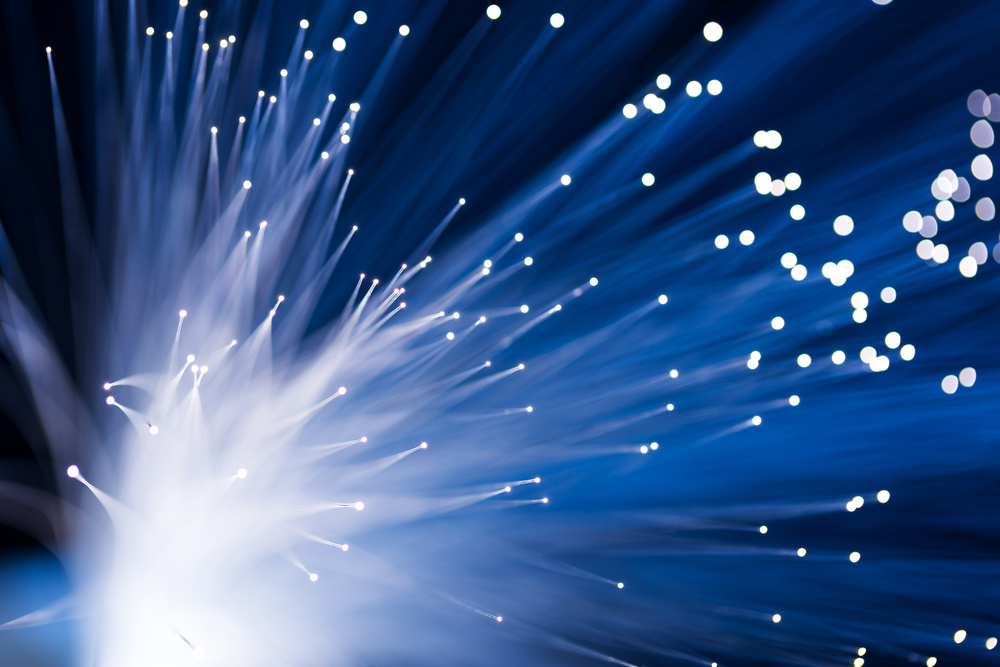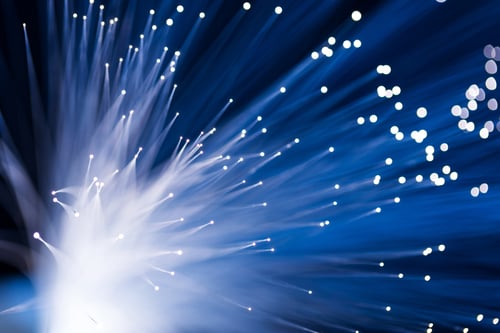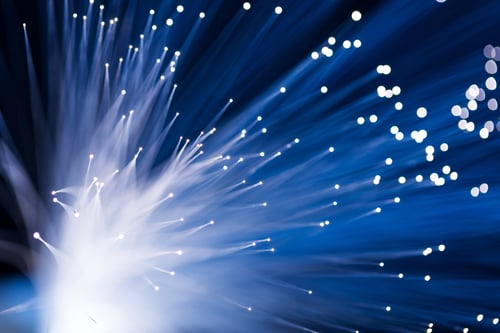Ensuring Data Center Security with Fiber Optic Cable Redundancy

In today's digital-first age, data is the lifeblood of businesses. From financial records to customer information, the security and accessibility of this data is paramount.
Data breaches can be devastating, leading to financial losses, reputational damage, and even legal repercussions. This is why data center security and resiliency are more critical than ever.
For data centers, avoiding downtime due to operational failures is extremely important as customers expect “five-nines” of service availability (99.999 percent operational reliability).
Data Center Systems (DCS), a leading designer, manufacturer, and installer of fiber optic connectivity solutions, understands the role of fiber optic cable redundancy and diversity in ensuring data center security and resiliency.
Defining 4 Key Data Center Operational Terms
It will help to understand this topic by defining some of the key terms when we are talking about data center security and resiliency as well as fiber optic cable redundancy and diversity:
- Data Security in Data Centers: Protecting data from unauthorized access, use, disclosure, disruption, modification, or destruction. Businesses must protect their data centers from physical and virtual attacks that can include everything from ransomware, phishing, malware, DDoS attacks, insider threats, and more.
- Data Center Resiliency: The ability of a data center to withstand and recover from disruptions, ensuring continued operation and minimal downtime. Resiliency is often achieved with the use of redundant infrastructure, including cabling, to achieve the “five-nine” expected by clients.
- Fiber Optic Cable Redundancy: Employing multiple fiber optic cables to connect critical data center components. These redundant routes can allow data centers to avoid downtime when attacks occur, or standard network routes fail.
- Fiber Path Diversity: Routing fiber optic cables along separate paths to minimize the risk of a single point of failure. Fiber optic cabling diversity can include cable path diversity (different conduits than the primary path), entrance diversity (secondary connections to enter a building), and diverse routing (different pathways for data to travel).
Let's now look at all four of these terms closer.
Data Security: Navigating the Digital Threat Landscape
Data centers face a constant barrage of security threats. Here are some of the most common dangers:
- Malware: Malicious software that can steal, corrupt, or disrupt data.
- Hacking: Unauthorized attempts to gain access to a data center's systems.
- Ransomware: A type of malware that encrypts data, demanding a ransom for its release.
- Insider Threats: Malicious activity by employees or contractors with authorized access.
- Phishing: Deceptive emails or websites designed to trick users into revealing personal information or clicking on malicious links.
- Denial-of-Service (DDoS) attacks: Attempts to overwhelm a data center with traffic, making it unavailable to legitimate users.
- Man-in-the-Middle (MitM) attacks: Intercepting communication between two parties to steal data or alter messages.
- Supply Chain Attacks: Targeting vulnerabilities in a data center's software or hardware suppliers to gain access to the data center's systems.
- Application Attacks: Exploiting weaknesses in software applications to gain unauthorized access to data.
- Password Attacks: Using various methods to steal or crack user passwords.
- Session Hijacking: Taking over a user's legitimate session to gain unauthorized access to data.
DCS understands these threats. Their fiber optic solutions are designed to be resistant to eavesdropping and other unauthorized access, making it difficult for bad actors to access data physically.
Data Center Resiliency: Building a Fortress for Your Data
Data center resiliency ensures critical operations continue even during disruptions. Here are some ways to achieve this:
- Redundant Power Supplies: Having multiple power sources prevents outages if one source fails.
- Backup Generators: Generators provide power during extended power outages.
- Climate Control Redundancy: Multiple cooling systems ensure proper server temperature even if one system fails.
- Network Redundancy: Utilizing multiple network paths ensures connectivity even if a single path is compromised.
Fiber optic cables play a crucial role in network redundancy. DCS offers a variety of high-performance, low-latency fiber optic solutions to ensure smooth data flow within your data center.
Fiber Optic Cable Redundancy: Multiple Paths, Maximum Uptime
Fiber optic cable redundancy involves using multiple fiber optic cables to connect critical data center components, such as servers and storage units.
The benefits of fiber optic cable redundancy include:
- Minimizes downtime in case of a cable failure.
- Allows for maintenance on one cable without impacting network performance.
- Increases overall network capacity.
For example, DCS can design a redundant fiber optic network where each server connects to two separate switches via independent fiber optic cables. If one cable fails, data continues to flow uninterrupted through the other cable.
Fiber Optic Cable Diversity: Spreading the Risk
Fiber optic cable diversity goes beyond redundancy. It involves routing fiber optic cables along separate paths, physically separated from each other.
The benefits of fiber optic cable diversity include:
- Mitigate the risk of a single point of failure, such as a cable cut due to construction work.
- Enhances business continuity by ensuring network availability even during unforeseen events.
- Minimizes downtime and data loss.
- Ensures high network availability.
- Supports uninterrupted operations.
Imagine two fiber optic cables connecting two buildings. Redundancy would involve having two cables within the same conduit. Diversity would involve running one cable through an overhead conduit and the other through an underground conduit. This way, if one conduit is damaged, the other cable remains operational.
Network Redundancy vs. Fiber Optic Cable Diversity: Understanding the Difference
Network redundancy and fiber optic cable diversity work together but address different aspects of data center resiliency.
Let’s explore the difference:
- Network Redundancy: Focuses on having multiple network paths within the data center to ensure connectivity even if one path fails.
- Fiber Optic Cable Path Diversity: Focuses on the physical separation of fiber optic cables to minimize the risk of damage from external events.
Both are essential for a truly resilient data center.
Best Practices for Data Center Security and Resiliency with Fiber Optic Solutions
Here are some best practices to achieve optimal security and resiliency in your data center with the help of DCS:
- Conduct regular security audits: Identify and address security vulnerabilities.
- Implement a layered security approach: Combine physical security, access controls, and network security measures.
- Utilize high-quality fiber optic cabling: Today’s fiber optic solutions are designed to resist tampering and physical breaches.
- Design a redundant fiber optic network: Design a network with multiple cable paths to minimize downtime due to cable failures.
- Implement fiber optic cable path diversity: Route critical fiber optic cables along separate paths for maximum resiliency.
- Partner with a trusted fiber optic solutions provider: DCS has the expertise to design, install, and maintain a secure and resilient fiber optic network for your data center.
By following these best practices, you can ensure your data center has the security and resiliency needed to thrive in today's ever-evolving digital landscape.
Remember, data security and resiliency are critical for any data center. Fiber optic cable redundancy and diversity play a vital role in achieving these goals.
Reach out to DCS today to explore high-quality, fiber optic solutions that can help secure your data center infrastructure.
Subscribe to News
Recent posts
LATEST NEWS
Thursday May 9, 2024
Monday August 7, 2023







